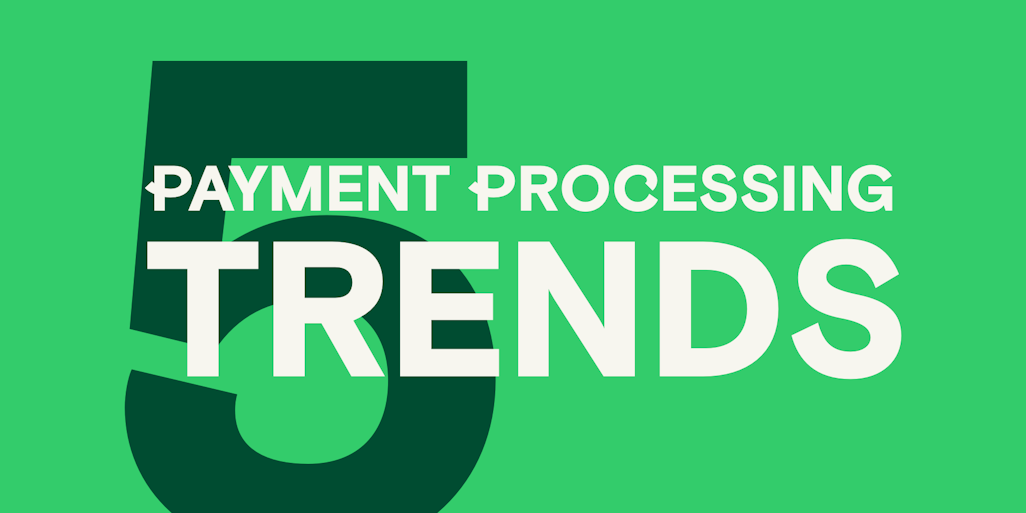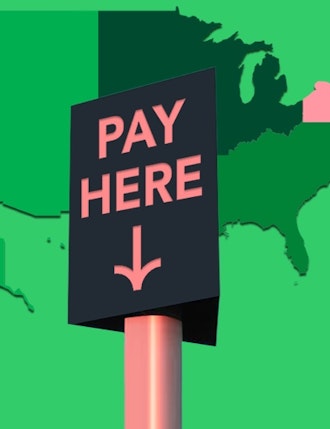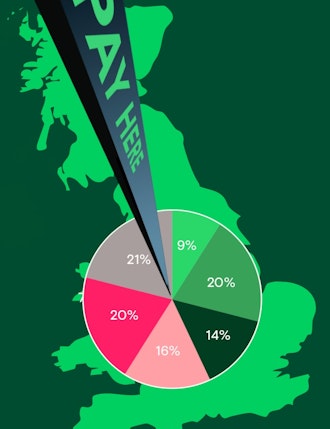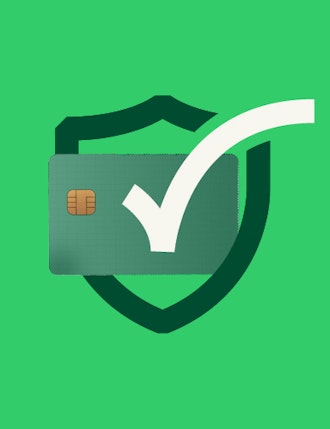As consumer demand changes and advances in technology increase, the payment processing landscape continues to evolve. Whilst this means more opportunities for businesses of all sizes, there are always challenges to face too.
So, what are the top payment processing trends already bubbling in 2023 and set to transform the landscape this year and beyond? Here we detail five of the biggest as well as look at how these trends intersect with each other including how Gen Z and their embrace of technology are driving many of the trends and how shifts in one area, such as trends in merchant acquiring, drive changes such as increased in-person payment orchestration.
1. Gen Z-focused payment options
2023 is the first year that there will be more adult members of Gen Z than adolescents, equalling about half the size of the millennial population.
Gen Z are of course digital natives and expect merchants to cater for their technology-first approach and their loyalty to both Apple Pay and Google Pay. A seamless checkout experience is an absolute minimum for Gen Z consumers. This can make unattended payment options, which are a great way to create a low-friction payment experience, attractive for businesses with a focus on attracting and retaining Gen Z customers.
It is also this generation that is fuelling the growth of Buy Now, Pay Later (BNPL) options – expected to have as many as 900 million global users by 2027 .
The growing influence of Gen Z consumers is also underpinning the increased use of alternative payment methods. A number of these are set to become more mainstream in 2023, including account-to-account (A2A), peer-to-peer (P2P), request-to-pay (R2P) and variable recurring payments (VRP).
2. Increased regulation around BNPL
Following plenty of noise around the lack of regulation of BNPL, we will slowly begin to see it brought specifically into regulatory frameworks.
In February this year in the UK, HM Treasury published a consultation on draft legislation to bring BNPL products within the scope of UK regulations. A revised version of the consumer credit directive in the EU is also going through the final stages of the legislative process. This would bring BNPL within its scope.
In the US, the Consumer Financial Protection Bureau has stated that it may examine nonbank financial companies that pose risks to consumers under the Dodd-Frank Act.
3. In-person payment orchestration
With more consumers using digital payment methods for in-person purchases, this has transformed in-person retail. Whilst it offers more convenience for customers, merchants are now required to manage multiple payment methods, from the point of sale to reconciliation and settlement.
Whilst payment orchestration software continues to be regularly used by online retailers, we’re now seeing a trend towards in-person payment orchestration. This allows merchants to manage various payment systems from a single interface (for both in-person and online payments) to simplify their operations, reduce costs and provide a seamless checkout process. Merchants can bring digital flexibility to their stores, creating a more personal and customer-centric checkout experience.
By offering more payment options and integrating them with other systems, retailers boost customer satisfaction and loyalty. Effective payment orchestration also helps them to gain valuable insights into customer spending.
This trend goes hand in hand with merchant acquirer trends such as becoming a more software-led area of the payments ecosystem. This shift is enabling new payment methods to grow and come and achieve greater prominence, especially with Gen Z who are more ready to embrace these kinds of shifts.
4. The rise in central bank digital currencies
Blockchain technology and cryptocurrency have long been touted as game changers in payment processing. Yet while market volatility has often hindered the viability of crypto as an alternative payment method, we’re seeing more and more countries creating central bank digital currencies (CBDCs).
A CBDC is an electronic form of money that consumers and businesses hold with their country’s central bank. They serve as a bridge towards crypto as a way of solidifying the use of alternative currencies and negating many of the risks of most cryptocurrencies, including their volatility and instability. Whilst the UK decided not to pursue a “digital pound” in February 2023, many countries are actively pushing the initiative.
Currently, 114 countries, representing over 95% of global GDP, are exploring a CBDC. This is compared to just 35 in May 2020. To date, 11 countries have fully launched a digital currency, with Jamaica being the latest to do so. China’s pilot, which reaches 260 million people, is set to expand to most of the country in 2023 .
5. Biometric identification will play an increasingly important role in security
Payment service providers (PSPs) and financial institutions are set to increase their investments in payment infrastructure in 2023. The increased focus will be on protecting personally identifiable information (PII) and securing transactions throughout the payment process.
Increasingly it will be biometric authentication which will be used to do this, whether fingerprint, voice or facial recognition. In fact, it’s predicted that facial recognition for payment authentication will be used by more than 1.4 billion people by 2025 . In the UK, 70% of consumers said they would use a biometric payment card , which uses fingerprint recognition as an alternative to a PIN.
We may also see behavioural biometrics also playing their part, including swiping, typing and phone-holding patterns.
The drive behind this is due to the consumer demand for fast, secure and accurate ways of verifying identities and making payments. By adding biometrics to mobile payments, security is enhanced without adding any unnecessary friction to the process.
Profit from the power of these trends and elevate your business in 2023 and beyond
Embrace the exponential growth of the FinTech industry, a realm teeming with possibilities to enhance and revolutionize financial solutions for your clients. As technology advances and lifestyles evolve, it is essential to remain at the forefront of key industry trends. By doing so, you can position your company ahead of competitors, delivering cutting-edge, innovative technology that meets the evolving needs of your valued clients. With Aevi by your side, you have a partner that keeps you one step ahead of whatever comes next.
For more insights head to our newsroom, and more information about in-person payment orchestration discover our unique platform.
Interested in more payment trends? Check out our lookback on 2024 and predictions for 2025.
Interested in reading more around this subject? Here are some useful articles…













